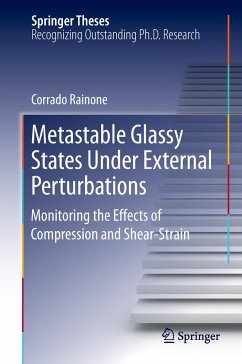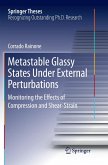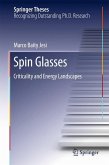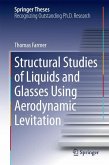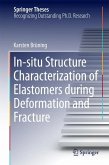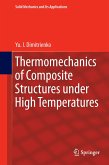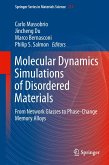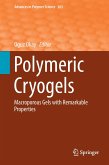This thesis presents a theoretical analysis of the behavior of glasses under external perturbations, i.e. compression and shear straining. Written in a pedagogical style, it explains every facet of the problem in detail, including many crucial steps that cannot be found in the existing literature-making it particularly useful for students and as an introduction to the subject of glassy physics.
In glassy systems the behavior under external compression and shear-strain is quite peculiar. Many complex phenomena are observed and grasping them fully would be a major step toward a complete theory of the glass transition.
This thesis makes important advances in this direction, analyzing the behavior of glassy states in painstaking detail and reproducing it in the framework of a recently developed mean field theory for glasses that has proven extremely successful for jamming, demonstrating its predictive power in the context of metastable glassy states obtained through nonequilibrium protocols.
In glassy systems the behavior under external compression and shear-strain is quite peculiar. Many complex phenomena are observed and grasping them fully would be a major step toward a complete theory of the glass transition.
This thesis makes important advances in this direction, analyzing the behavior of glassy states in painstaking detail and reproducing it in the framework of a recently developed mean field theory for glasses that has proven extremely successful for jamming, demonstrating its predictive power in the context of metastable glassy states obtained through nonequilibrium protocols.

